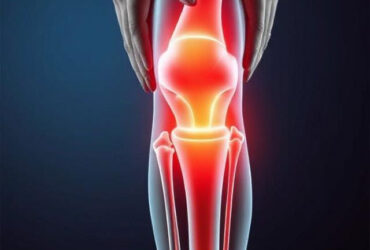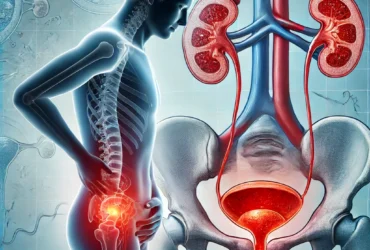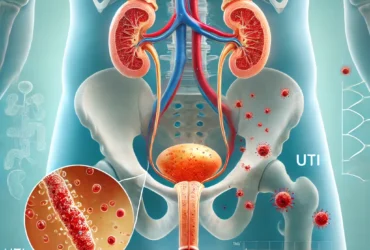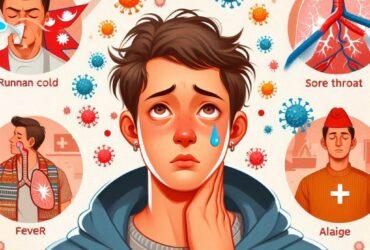What is diabetes?
Diabetes Mellitus is nothing but a high level of sugar (glucose) in our blood. This disease is commonly known as just “Sugar” or “Diabetes” in Nepal.
Sugar (glucose) is a source of energy for us and we cannot survive without it. If sugar is a source of energy and good for us, why then high levels of sugar in our blood is bad? But, unfortunately as a famous proverb says: “Too much sweet is bitter”, it is true for us as well. Why?
When we eat sugar (glucose, carbohydrates), it is absorbed in our intestines and circulates in our blood. Then, this sugar needs to enter our cells as a source of energy. But our cell does not allow sugar just to enter or leave the cell. It has a door with a lock. Fortunately there is a key known as Insulin, that unlocks this door and sugar enters the cell. If due to some reason, this key Insulin (a hormone) is absent or less, or the key is broken, or the lock in the cell is jammed, then sugar cannot enter our cells. So our cells will be hungry and deprived from required energy. But, at the same time, as sugar cannot enter the cells, level of sugar remains high in the blood. Its like a highway full of Fuel Tankers with petrol, but petrol pumps are not functioning or few. Although there are lot of petrol on the highway but our vehicle is empty. Same thing happens to our body. Although there are lot of sugar in our blood, but our cells are hungry, thus our body cannot perform well and we get ill.
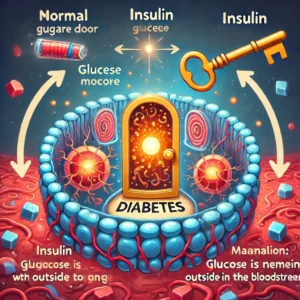
What causes diabetes? Types of Diabetes
There are several types of diabetes, each with different causes and management approaches:
- Type 1 Diabetes: An autoimmune condition where the immune system attacks insulin-producing cells in the pancreas. It often develops in childhood or adolescence and requires insulin therapy for management.
- Type 2 Diabetes: The most common type, where the body becomes resistant to insulin or doesn’t produce enough. It is often linked to lifestyle factors like obesity, inactivity, and poor diet.
- Gestational Diabetes: Develops during pregnancy and usually resolves after childbirth but increases the risk of Type 2 diabetes later in life.
- Prediabetes: A condition where blood sugar levels are higher than normal but not high enough to be diagnosed as diabetes. Lifestyle changes can help prevent progression to Type 2 diabetes.
What are the symptoms of Diabetes?
The initial stage of diabetes do not have any symptoms and often goes undiagnosed. Common symptoms of diabetes in Nepal are:
1. Increased urination.
2. Increased thirst.
3. Increased hunger.
4. Weight loss.
5. Dry skin.
6. Skin infections.
7. Tiredness, lethargy and fatigue.
8. Blurred vision.
9. Tingling/numbness in hands/feet.
Causes and Risk Factors
Different types of diabetes have different causes, but common risk factors include:
- Type 1 Diabetes: Family history, genetics, and environmental triggers (such as viral infections).
- Type 2 Diabetes: Obesity, physical inactivity, family history, poor diet, high blood pressure, and being over 45 years old.
- Gestational Diabetes: Hormonal changes during pregnancy, obesity, and a family history of diabetes.
How to find out if you have Diabetes?
Diagnosis and Tests
Doctors diagnose diabetes using the following tests:
- Fasting Blood Sugar Test: Measures blood glucose levels after an overnight fast. Less that 120mg/dl is normal.
- A1C Test: Provides an average of blood sugar levels over the past 3 months. Less than 6.5% is normal.
- Oral Glucose Tolerance Test: Measures how your body processes sugar over time.
- Random Blood Sugar Test: Checks blood glucose levels at any time of the day. Less than 140mg/dl is normal.
What the video about Diabetes:
Pre-diabetes- what is it?
In order for you to take timely prevention from diabetes, there is a term used as Prediabetes in order to determine if you are at risk of Diabetes in future.So that you can change your lifestyle and diet to Prevent diabetes. Below figure explains the level of Sugars for Diabetics and Prediabetics. A1C means HbA1c and FPG means Fasting Blood Sugar. Red levels are Diabetes, Yellow are Prediabetes and while (below yellow) are Normal levels.

Treatment and Management
Managing diabetes involves a combination of lifestyle changes, medication, and regular monitoring:
Lifestyle Modifications:
- Eating a balanced diet rich in whole grains, vegetables, lean proteins, and healthy fats.
- Engaging in regular physical activity (at least 30 minutes of moderate exercise most days of the week).
- Maintaining a healthy weight.
Medications:
- For Type 1 Diabetes: Insulin therapy is required.
- For Type 2 Diabetes: Medications like metformin, sulfonylureas, or insulin may be prescribed.
Blood Sugar Monitoring:
- Regularly checking blood glucose levels helps manage diabetes effectively.
- Keeping a log of blood sugar readings can help doctors adjust treatment plans.
Potential Complications of Diabetes
Uncontrolled diabetes can lead to serious health complications, including:
- Cardiovascular Disease: Increased risk of heart attack and stroke.
- Kidney Damage (Nephropathy): May lead to kidney failure requiring dialysis.
- Nerve Damage (Neuropathy): Causes pain, tingling, or numbness in the extremities.
- Eye Damage (Retinopathy): Can lead to blindness if untreated.
- Foot Problems: Poor circulation and nerve damage increase the risk of infections and amputations.
Prevention Tips
While Type 1 diabetes cannot be prevented, Type 2 diabetes and prediabetes can often be managed or delayed with lifestyle changes:
- Maintain a healthy weight.
- Exercise regularly.
- Eat a balanced diet and avoid excessive sugar and processed foods.
- Quit smoking and limit alcohol intake.
- Manage stress effectively.
- Have regular health check-ups to monitor blood sugar levels.
When to See a Doctor
If you experience any symptoms of diabetes or have risk factors, consult a doctor for testing and early intervention. Early diagnosis and proper management can prevent complications and improve quality of life.
FAQs
Q: Can diabetes be cured?
A: Currently, there is no cure for diabetes, but it can be effectively managed with medication and lifestyle changes.
Q: How often should I check my blood sugar?
A: The frequency depends on the type of diabetes and your treatment plan. Your doctor will provide personalized recommendations.
Q: Is Type 2 diabetes reversible?
A: While it cannot always be “cured,” early intervention and lifestyle changes can help some individuals put Type 2 diabetes into remission.
For expert consultation and diabetes management, book an appointment at our clinic today- contact us.


